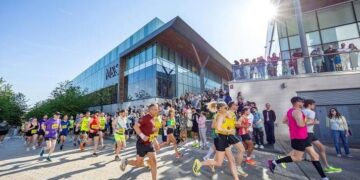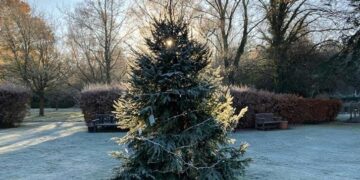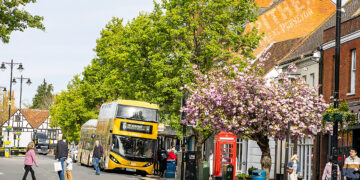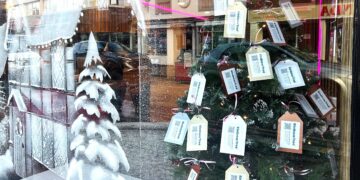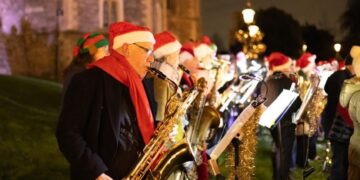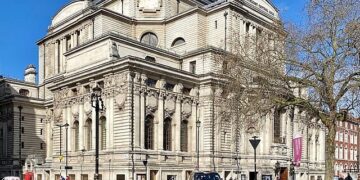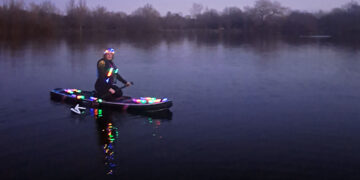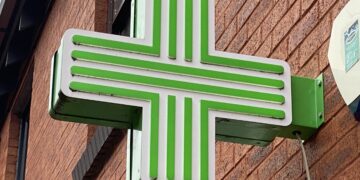Wokingham borough will become home to a world-class collection of dried plant specimens following news that the Royal Botanical Gardens in Kew is planning to relocate its collection of dried plant specimens to the Thames Valley Science Park (TVSP) in Shinfield.
As part of a vision to transform its research and collections infrastructure, Kew’s board of trustees decided in 2021 that moving its herbarium was required to enable it to care for and grow these collections into the next century.
Kew has one of the world’s largest herbarium collections, with about 7 million specimens collected over centuries of exploration.
These collections are intensively studied by our staff and students, as well as by hundreds of visiting national and international researchers each year.
Specimens include representatives of species, and of genetically distinct populations within species, that no longer exist in nature – making them simply irreplaceable.
Thames Valley Science Park in Shinfield was identified as the preferred site earlier this year, subject to technical due diligence which has now been satisfactorily completed.
It said the move will offer a unique opportunity to create a world-leading collections research hub at TVSP.
Design and planning for the new herbarium is already under way, with architects and engineers appointed to work in consultation with taxonomists and curators who research and care for the collections.
The purpose-built facility at TVSP will allow the Royal Botanical Gardens to care for and curate its herbarium collections well into the next century; provide capacity for growth; and increase their use in botanical research and conservation.
The new development will become a centre for excellence in both taxonomic science and training, a resource for researchers around the world, and be able to accommodate staff, students and visitors.
The funding, when granted, will represent the single largest investment at Kew in its 264-year history.
A spokesperson said: “We have already begun this journey as we digitise our 8.5 million plant and fungal specimens to ensure global and free access, and it will culminate with redevelopment of the Kew site.
“The proposed ‘Science Quarter’ will provide state-of-the-art research, education, and collaboration facilities, and will also enable the public to engage with our collections and research to an extent they have not been able to before.
“Whilst we are still at the very early stages of this complex and multi-faceted project, we look forward to the extraordinary opportunity on our horizon: to create a world-leading herbarium with Kew expertise and collaboration at its heart.”
The Thames Valley Science Park was chosen as the new location based on the surrounding infrastructure and local amenities for staff, distance from Kew, accessibility by public transport for both national and international visitors, cost, and environmental sustainability.
The spokesperson added: “TVSP offers the opportunity to work closely with several collaborators including the University of Reading (which owns the park), the British Museum (which has already constructed a new facility for its archaeological research collections), and the Natural History Museum, which will be moving a large part of its biodiversity collections to the site.”
The project is contingent on securing Government funding, with the process of designing and building the facility and moving the collections expected to take up to ten years to complete.
Professor Robert Van de Noort, vice chancellor of the University of Reading, said: “Reading is known globally for our scientific work in climate, food and environment, but we also excel in heritage and arts.
“That’s why plans with collections-based institutions, such as the British Museum and Natural History Museum, have been perfect for us.
“And, the museums tell us that they appreciate the way they are being welcomed into an existing and enthusiastic research community.”

